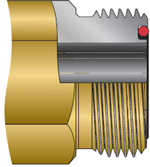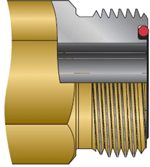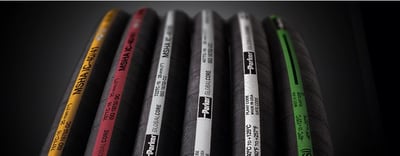

Busted power steering hose? Save money - salvage...
A damaged power steering hose can be frustrating, but buying a whole new hose might not always be...
Hydraulic Fitting Selection – Differences Among...
We get a few requests per month for a standard fitting. In the world of fittings, there isn’t any...
Hose Product Simplification - GlobalCore Replaces...
Four years ago, Parker introduced the GlobalCore line of hose products – this globally available...
Choosing Between Hose and Tube Assembly for...
When choosing between a hose assembly and tube assembly for a hydraulic application, there are a...






